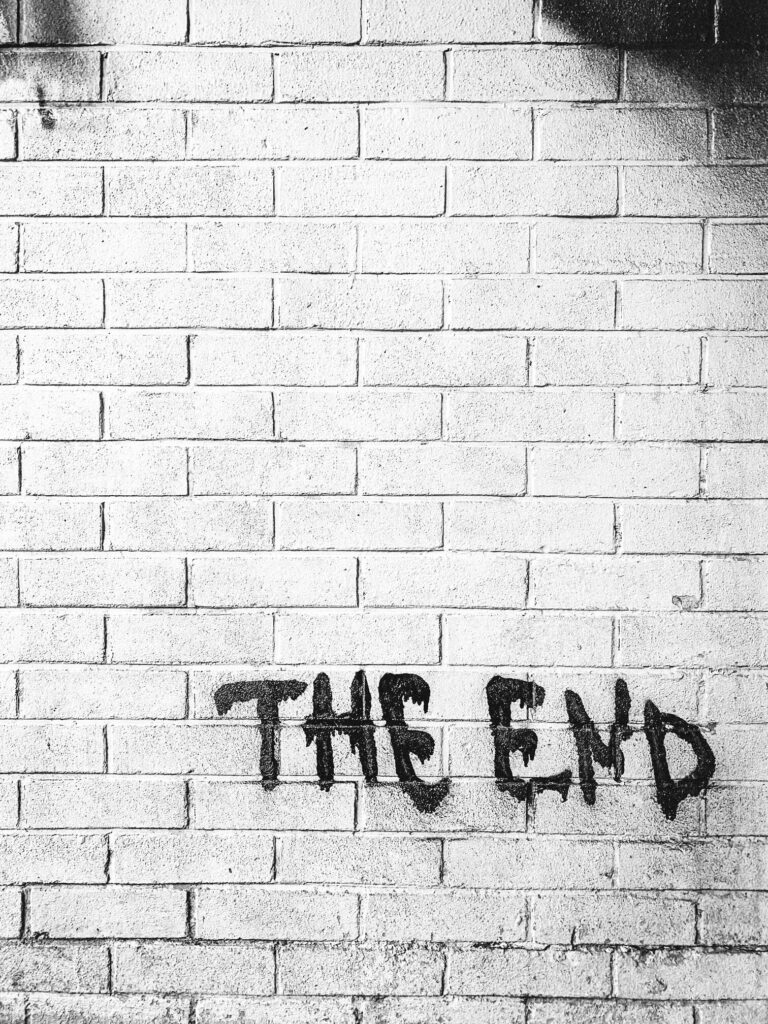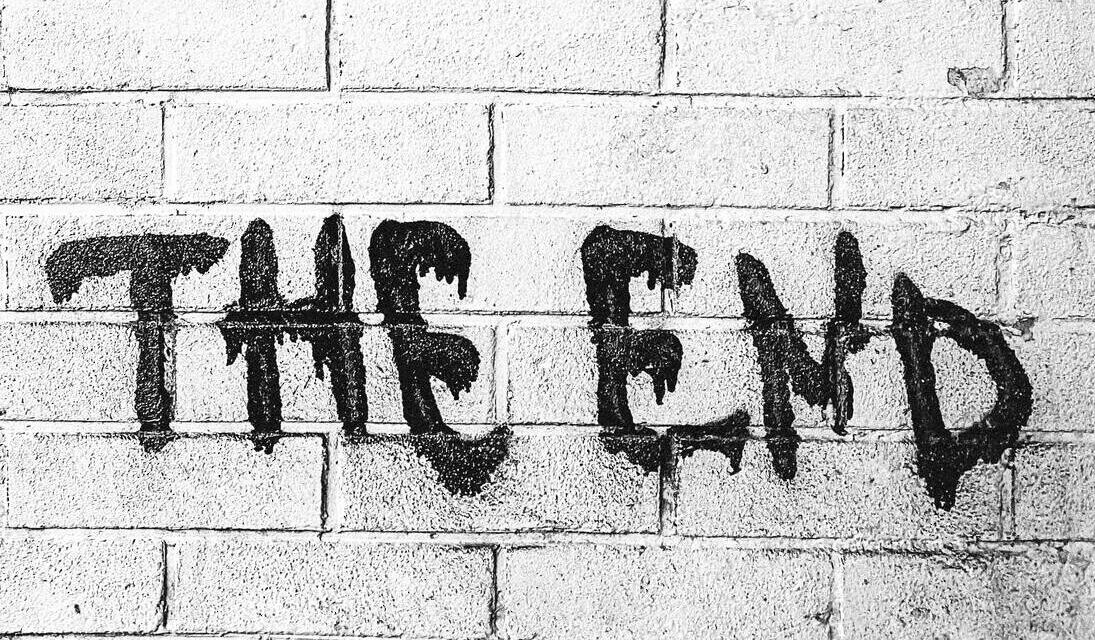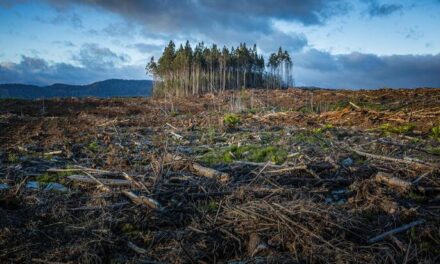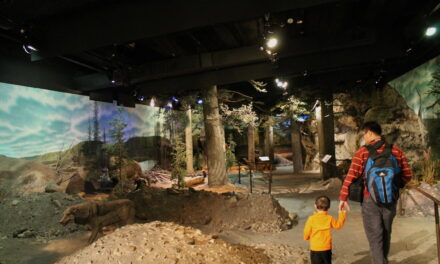
Associate Editor Connor Yeck: When I met with CR Poetry Editor Rebecca Lindenberg recently about my dissertation, our conversation landed on the topic of poem endings. I’d sent Rebecca a packet of work from an ongoing book project, and as we discussed the sample, it became clear what “tics” I was using to wrap up several poems—patterns, echoes, or gestures that had become tricky to see on my own. It was like I had tunnel vision. At the end of our meeting, Rebecca gave me a small exercise I’ve been working on, and which feels perfect for sharing here on the blog: to seek out those poem endings that leave us reeling and coming back for more, and to think of what exact sensations these endings produce. The result so far has been a growing taxonomy of poetry snippets, a Rolodex of penultimate lines and final stanzas that I’ve been turning to when I wonder just how to wrap up an unruly piece.
A specific sort of ending that Rebecca pointed to as I started my search was the “trap door.” Here, the poet closes with a sudden veer into new thought, often a striking abstraction. Think Rilke’s “Archaic Torso of Apollo” with its declaration, “You must change your life,” or James Wright’s hammock-lying speaker who admits, “I have wasted my life.” Of course not every piece needs to end with an existence-altering realization to be a “trap door.” Take for instance Jay Hopler’s “Epigraph,” which reads in its entirety:
Every year at about this time,
I pull the vines from the back
Fence, replace any boards that might
Be split and oil the hinges on
The gate. I cannot tell you
How many times I have done
This.Last year when I did this,
My father was still alive.
I can’t tell you how many times I’ve read this poem after the bewildering experience of coming across it in a collection. Beyond its quiet shift in structure—the last couplet separated by a breath of space—I’m fascinated how an ending like this creates the urge to reread and recontextualize. I think this is the ultimate power of a “trap-door” ending. We want to go back and see what we missed our first time through before the grand reveal. However, just as we might rewatch a film while knowing its final twist, there’s also a trick of memory here. We can never be fully prepared, absolutely ready for these sorts of final lines even after multiple readings throughout the years, which is why we seek them out—to experience the revelation once again.
Similar to poems that end with a sudden, perhaps jarring declaration, I’ve been searching for those that seem to hover on the precipice. Call them “lit fuses” —poems that build to the exact moment before action, cataclysm, or choice. In Catherine Pierce’s “What the Hour Before the Tornado Feels Like,” the pause before disaster becomes inseparable from the body, as the landscape goes silent and the speaker realizes “Our bones weren’t built / to carry this quiet charge.” With a similar style of countdown, it’s also impossible not to think of William E. Stafford’s lizard in “At the Bomb Testing Site,” a poem centered on predetonation tension. No bomb ever goes off in Stafford’s work; rather, our focus is trained on an animal that “waited for history,” and “was looking at something farther off than people could see.”
I find these poems just as rewarding as those that may contain the actual alluded-to event. There’s not only a pleasure in anticipation, but something of an active role the reader must take in imagining what happens off the page once the poem is finished. We’re given all the hints of what’s to come, and have gone as far as the poet deems possible before they ask us to balance on the edge. Such endings also feel imbued with the potential for change that’s destructive, generative, or both, as in Tomás Q. Morín’s “New Year’s Eve.” Examining a color-coded map of United States racial demographics, we end on the only color unassigned: white. “No people live / where the map goes white,” Morín writes:
White is prairie, forest, mountain,
river, and desert. White is where the coyote growls
where we decorate the night sky. White iswhere the brush waits for a spark
to burn it all new.
Considering how such “lit-fuse” poems look to what’s about to occur, I’m perhaps most drawn to one final taxonomy of ending—poems that appear to write beyond their endings, or in the words of Rebecca, reach “escape velocity.”
These pieces are a bit trickier to define, but when we experience them as readers, they’re unmistakable. In contrast to getting a stunning declaration or a ticking clock, these pieces end with the poem accelerating onward, taking flight on a higher, faster trajectory. Some all-time favorites come to mind:
Ada Limón’s “Oh Please, Let It Be Lightning,” whose lovers rush fearlessly into the storm:
we were simply going forward, riotous and windswept,
and all too willing to be struck by something shining
and mad, and so furiously hot it could kill us.
A teenager racing away from a junkyard tryst in James Dickey’s “Cherrylog Road”:
Drunk on the wind in my mouth,
Wringing the handlebar for speed,
Wild to be wreckage forever.
Or the unraveling truths in Iliana Rocha’s “Coming Out”:
For a while, this
pause, pausing, much like guilt is a pause, does
not, will not, did not go anywhere, but planted,
is planting, itself into intestines, golden leaves
emerging, flirt with the wind, will flirt with other
branches, hands, will always be is, is, was.
Being able to attach a name or certain quality to all these endings has been incredibly useful as a writer. I’m finding connections between poets I never thought of as sharing the same space, and most useful of all, I feel like my creative toolbox has grown. Sometimes, a poem’s ending will arrive as naturally and fully formed as the rest of it, but for those occasions where we feel the need to experiment, there’s something liberating about being able to say, “I’ll give this closing move a try—and if it doesn’t fit, well, I have a few more up my sleeve.”











